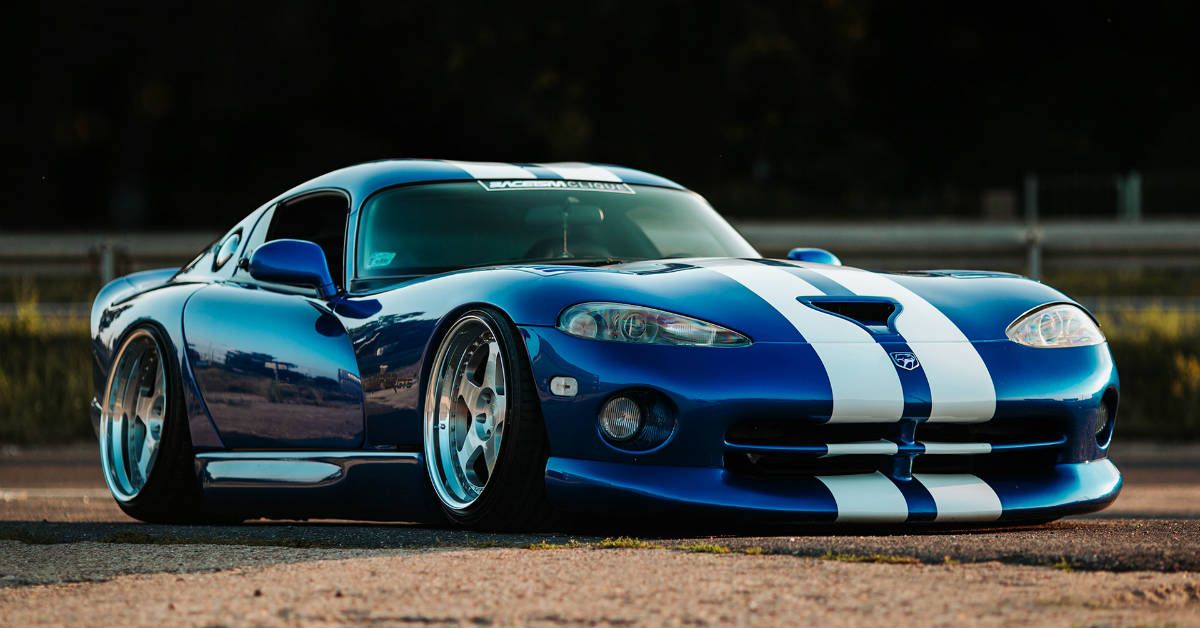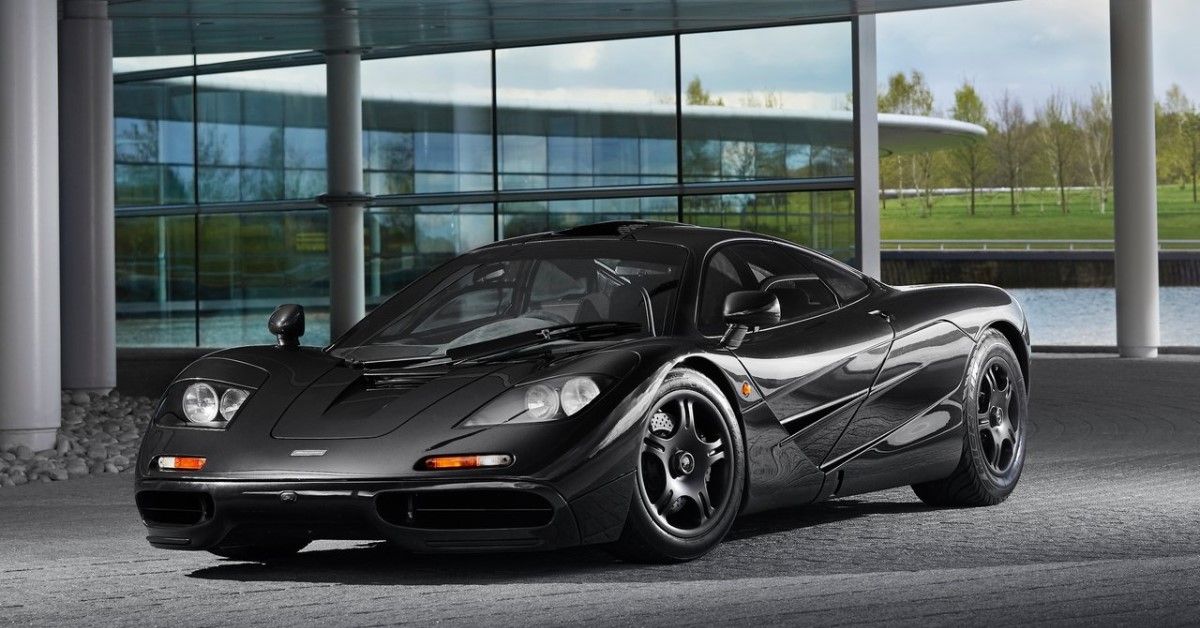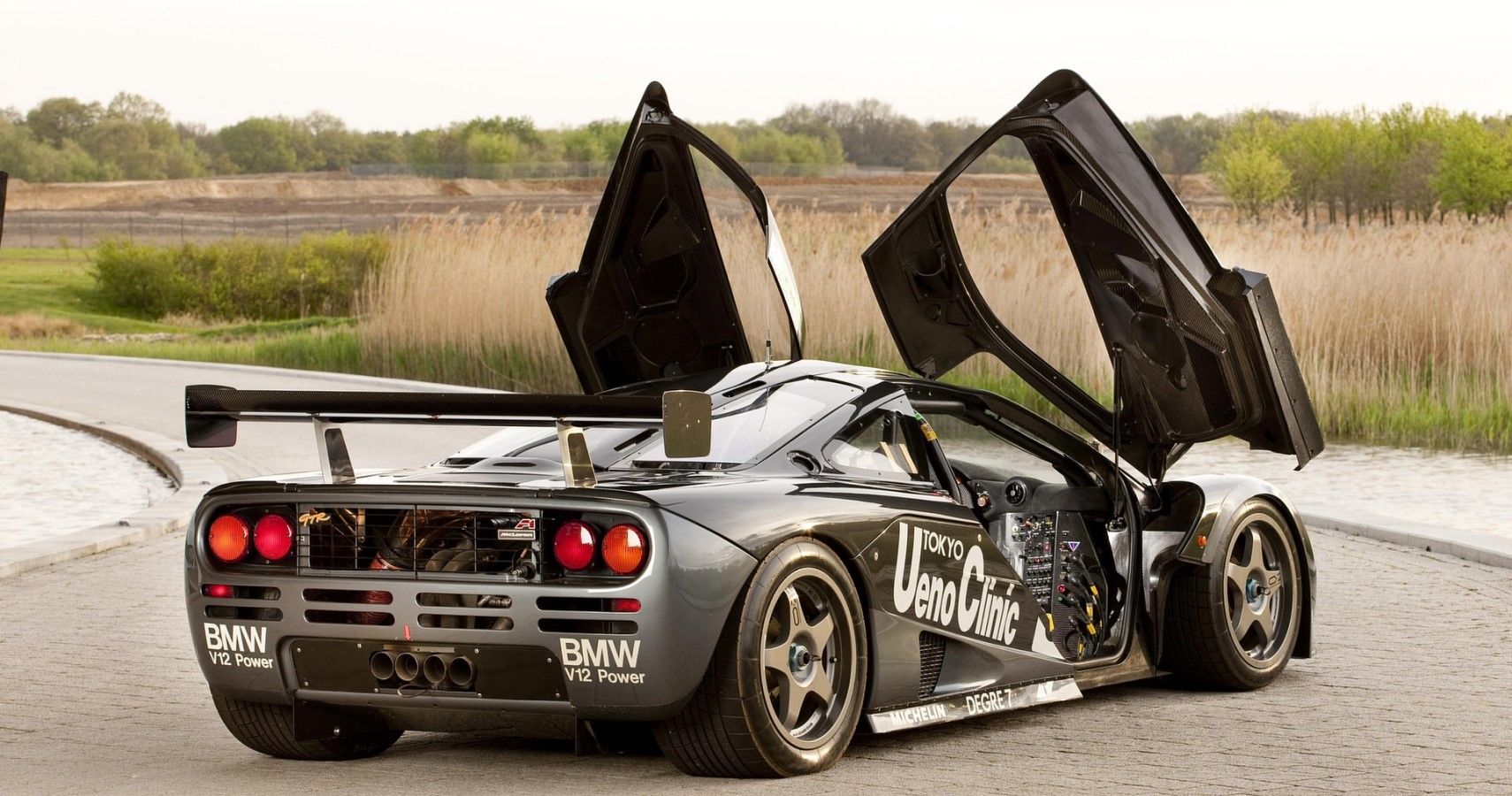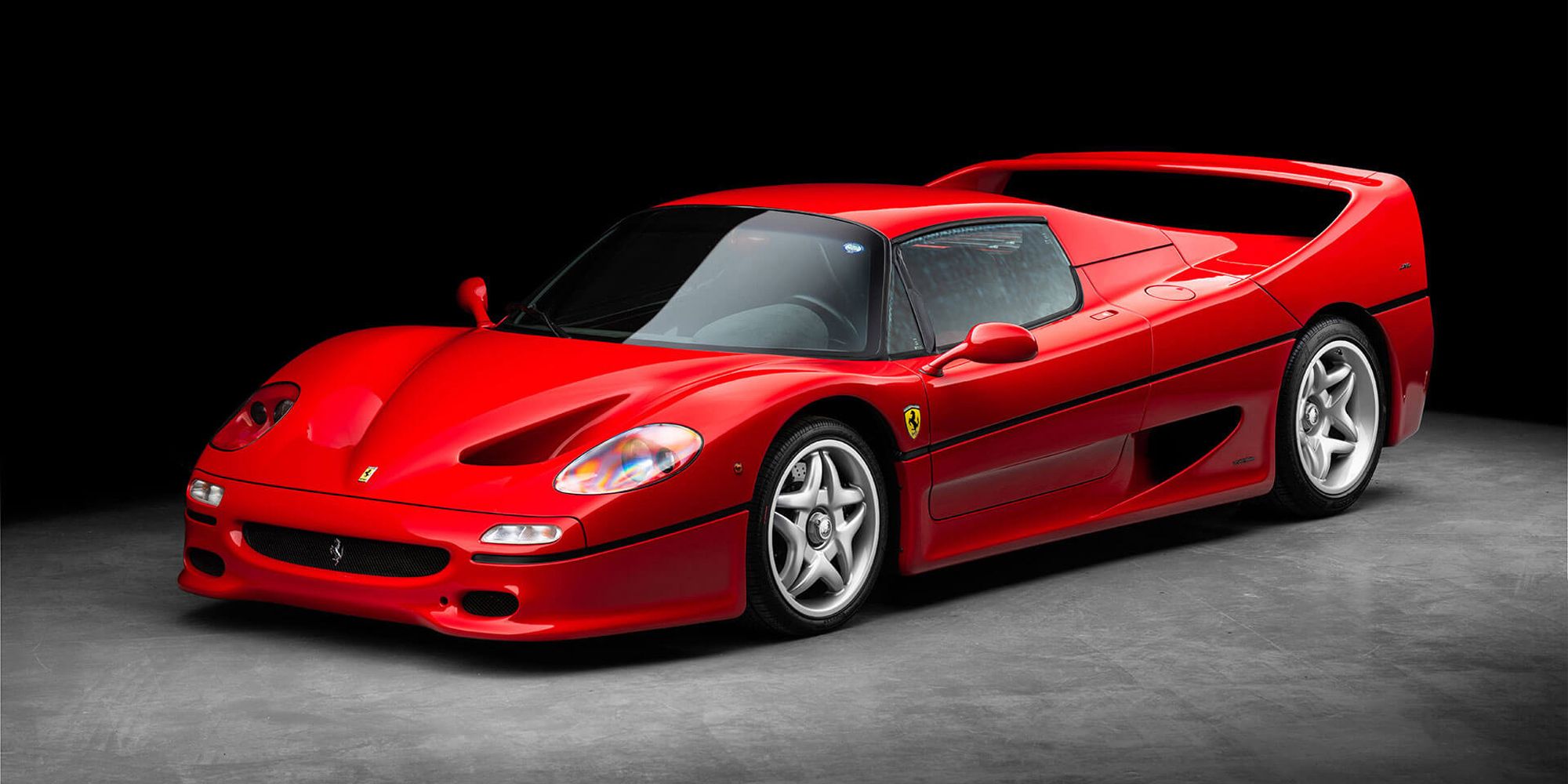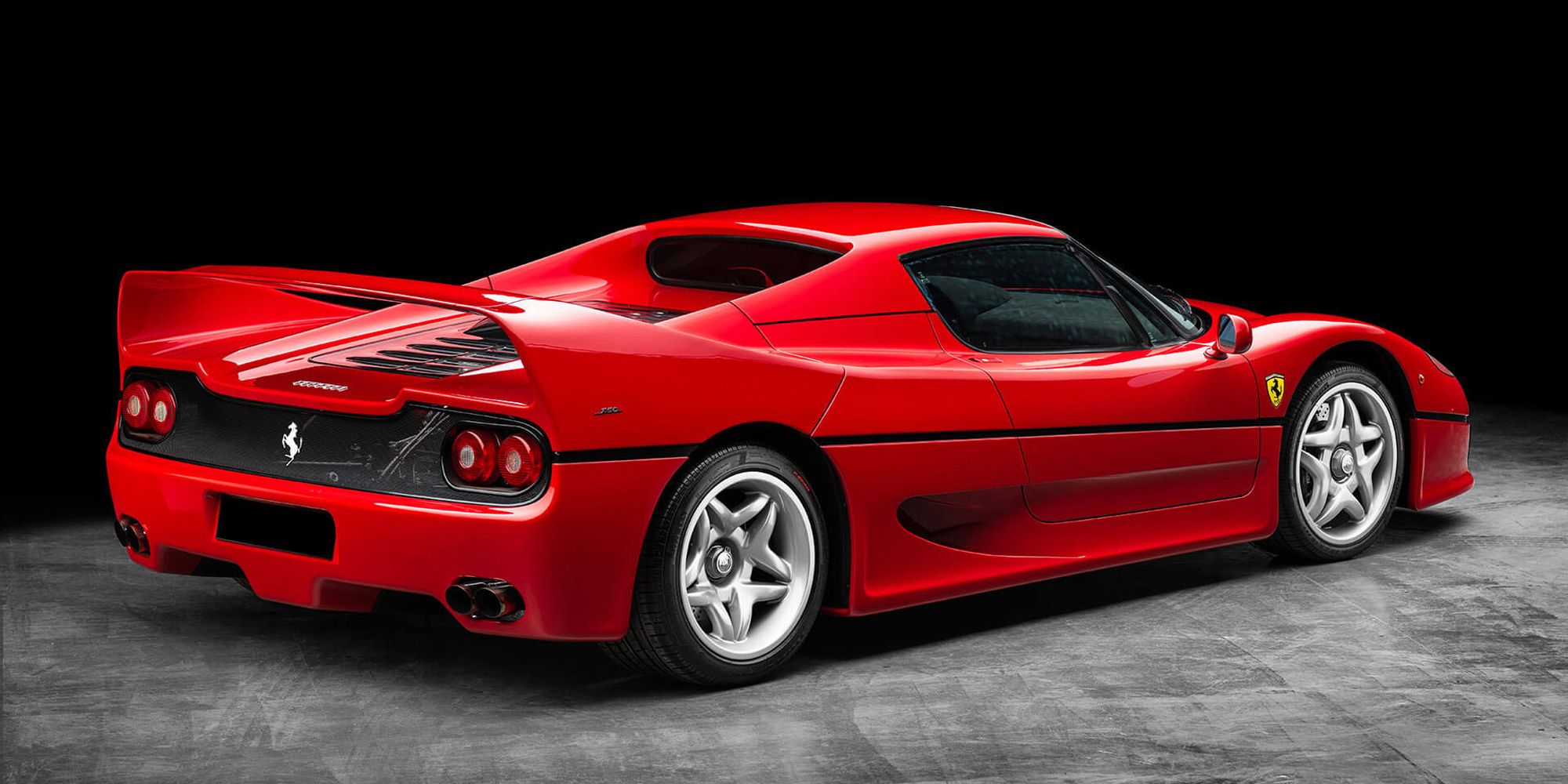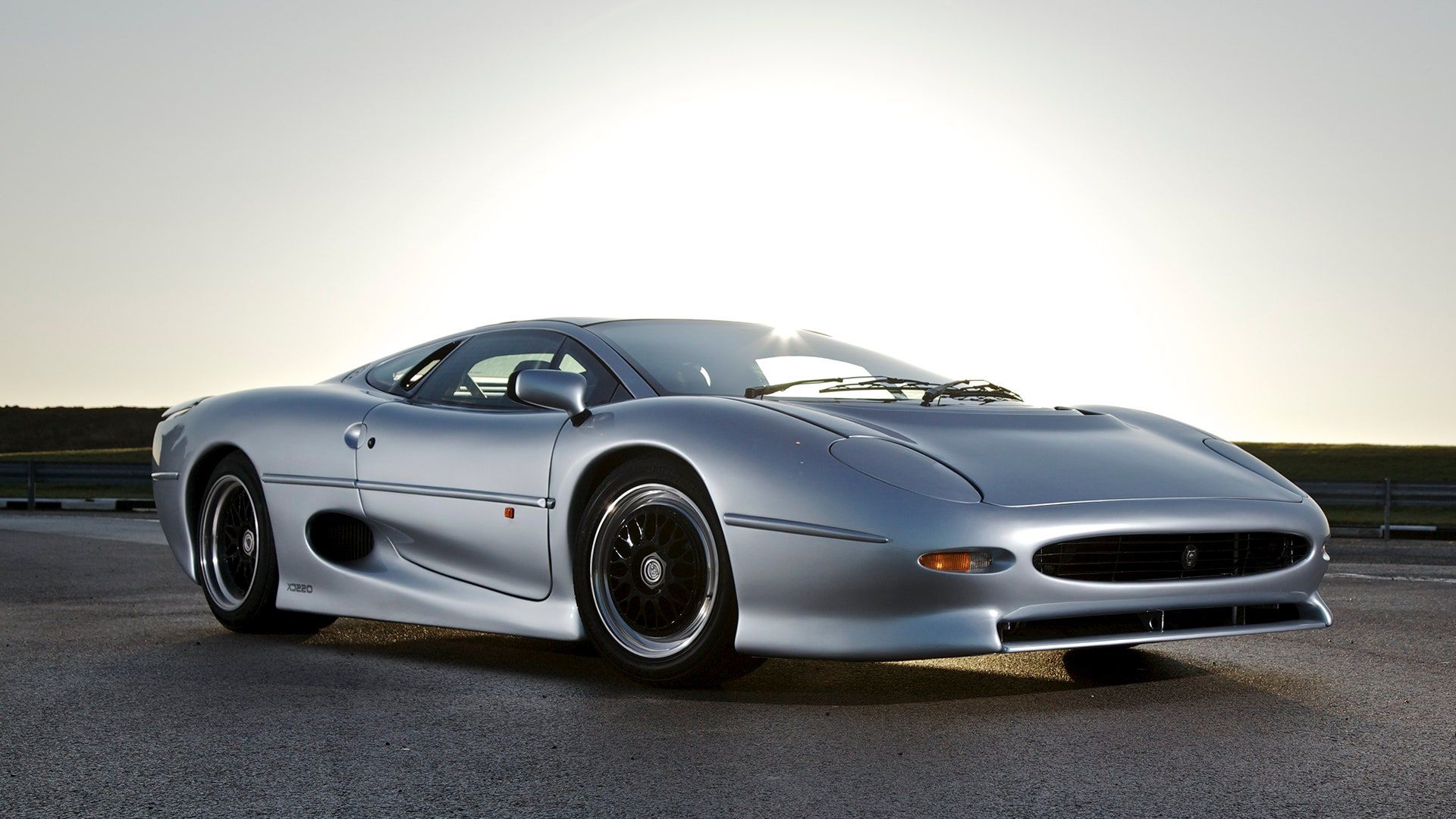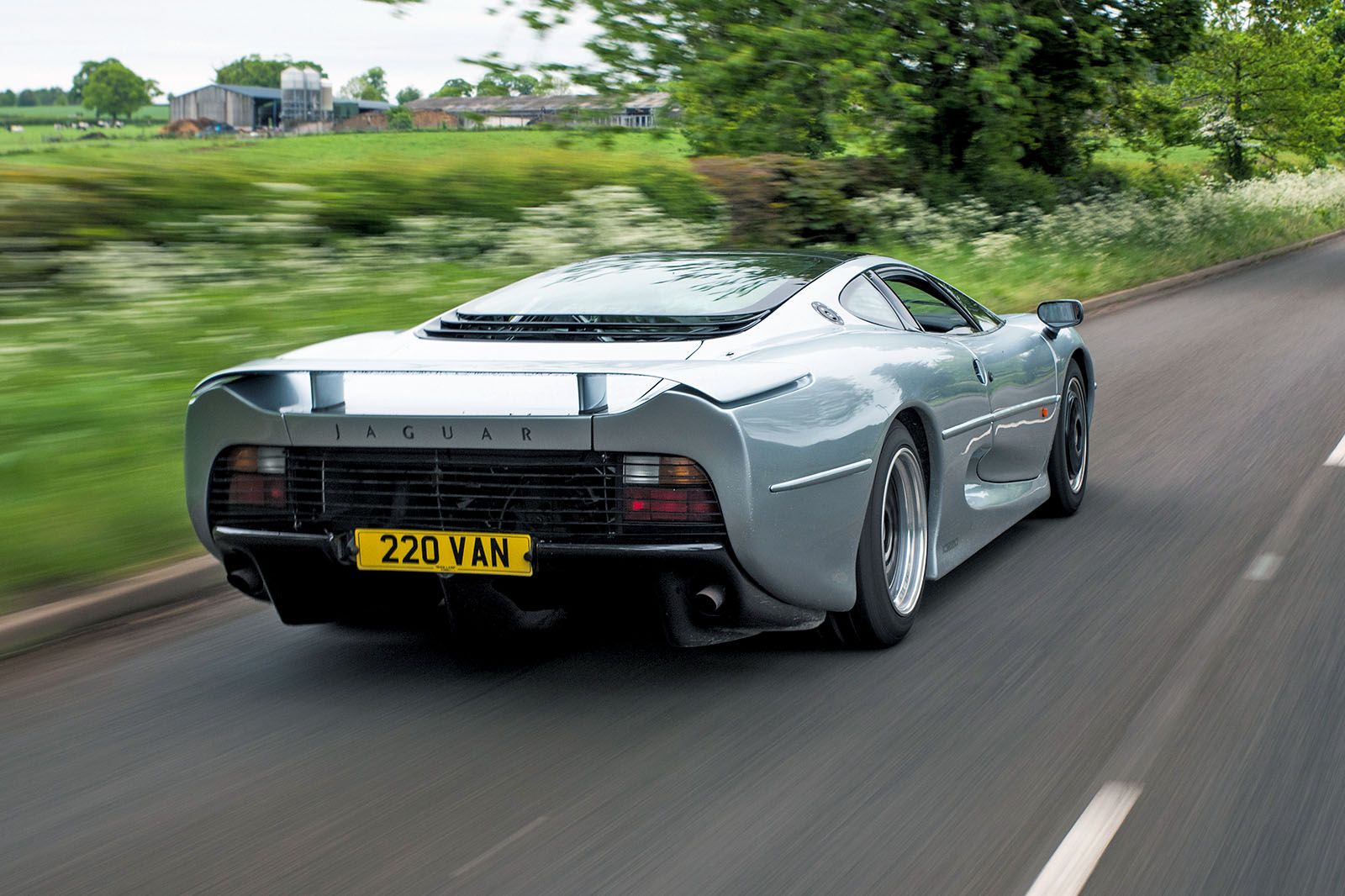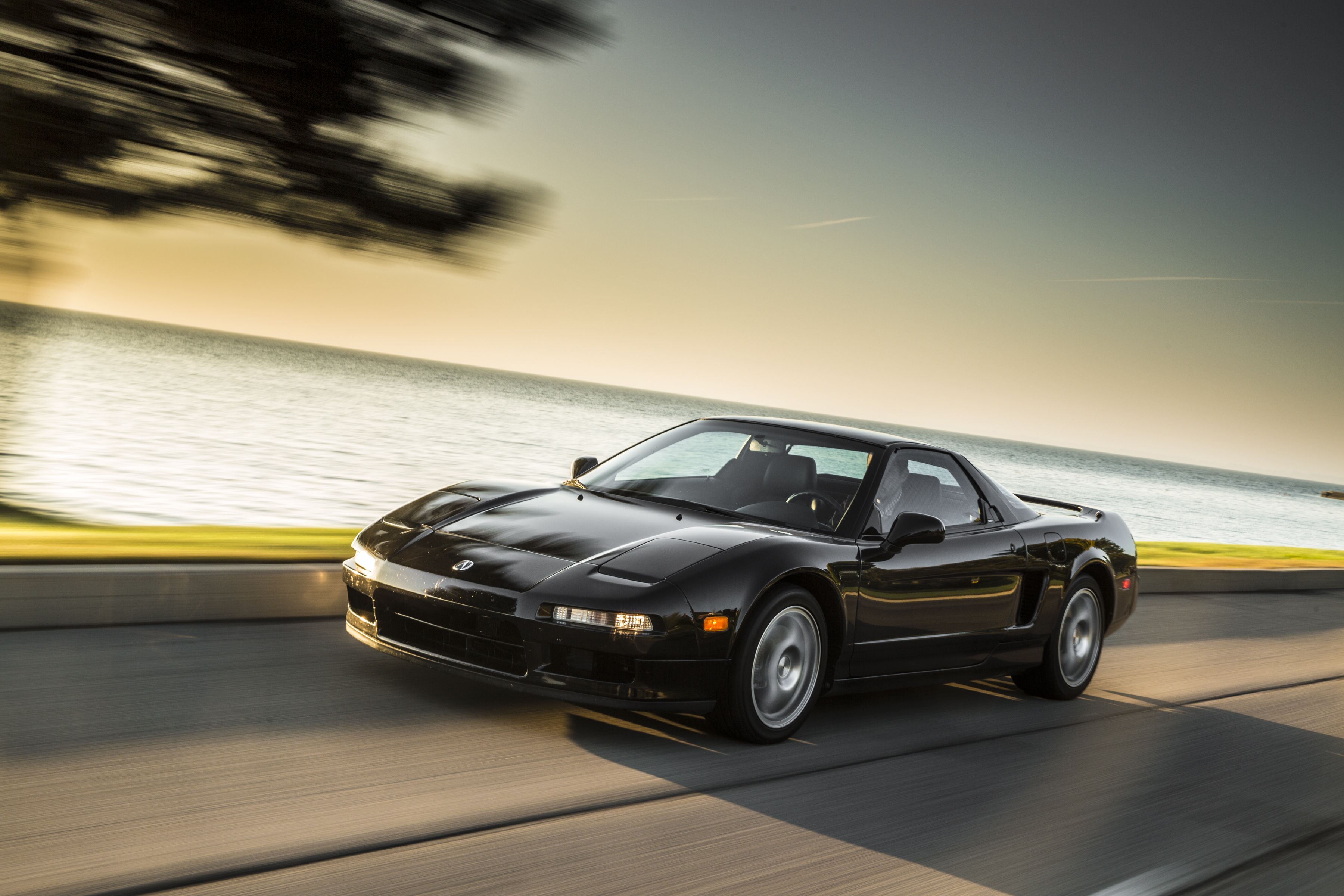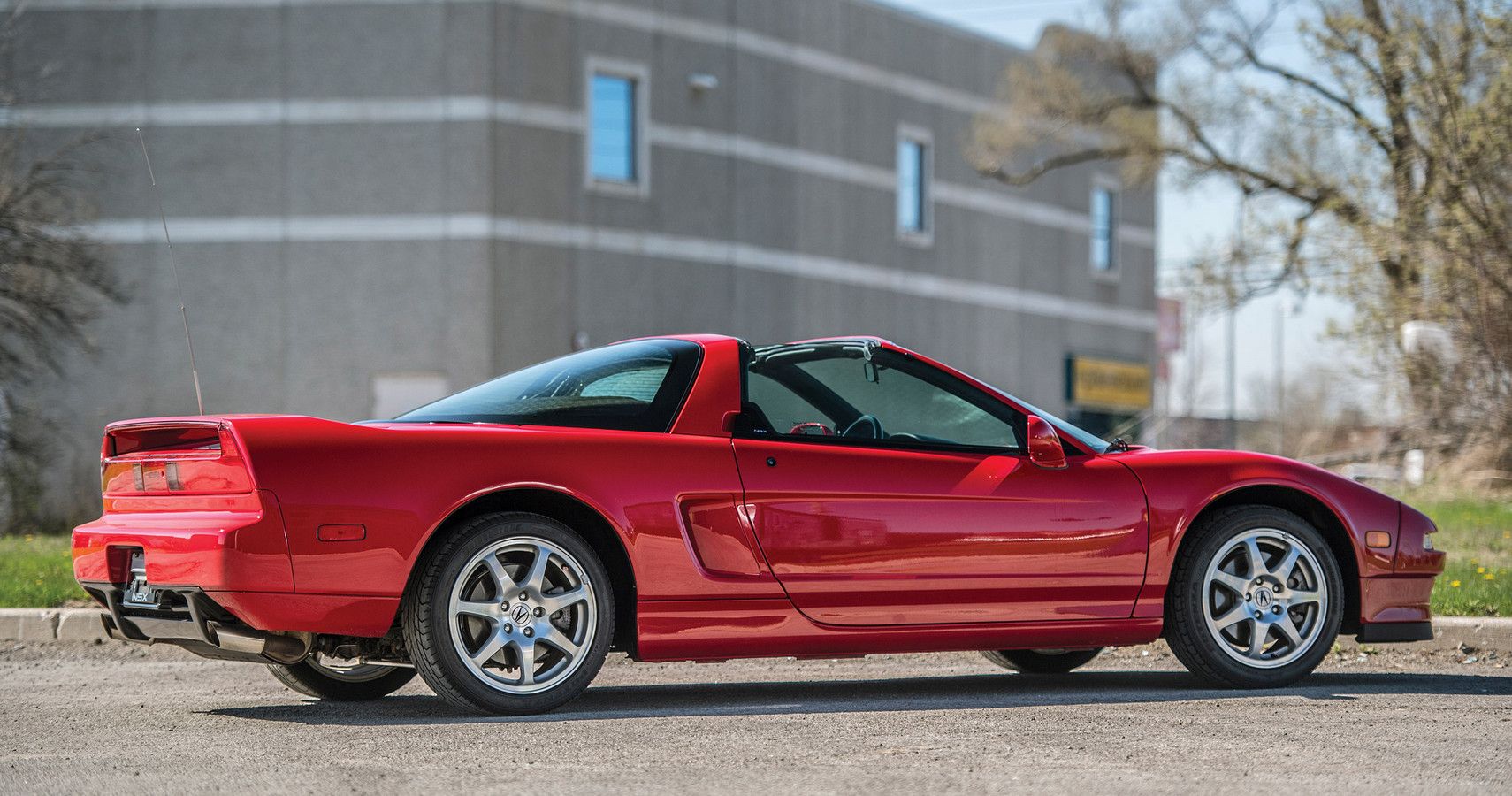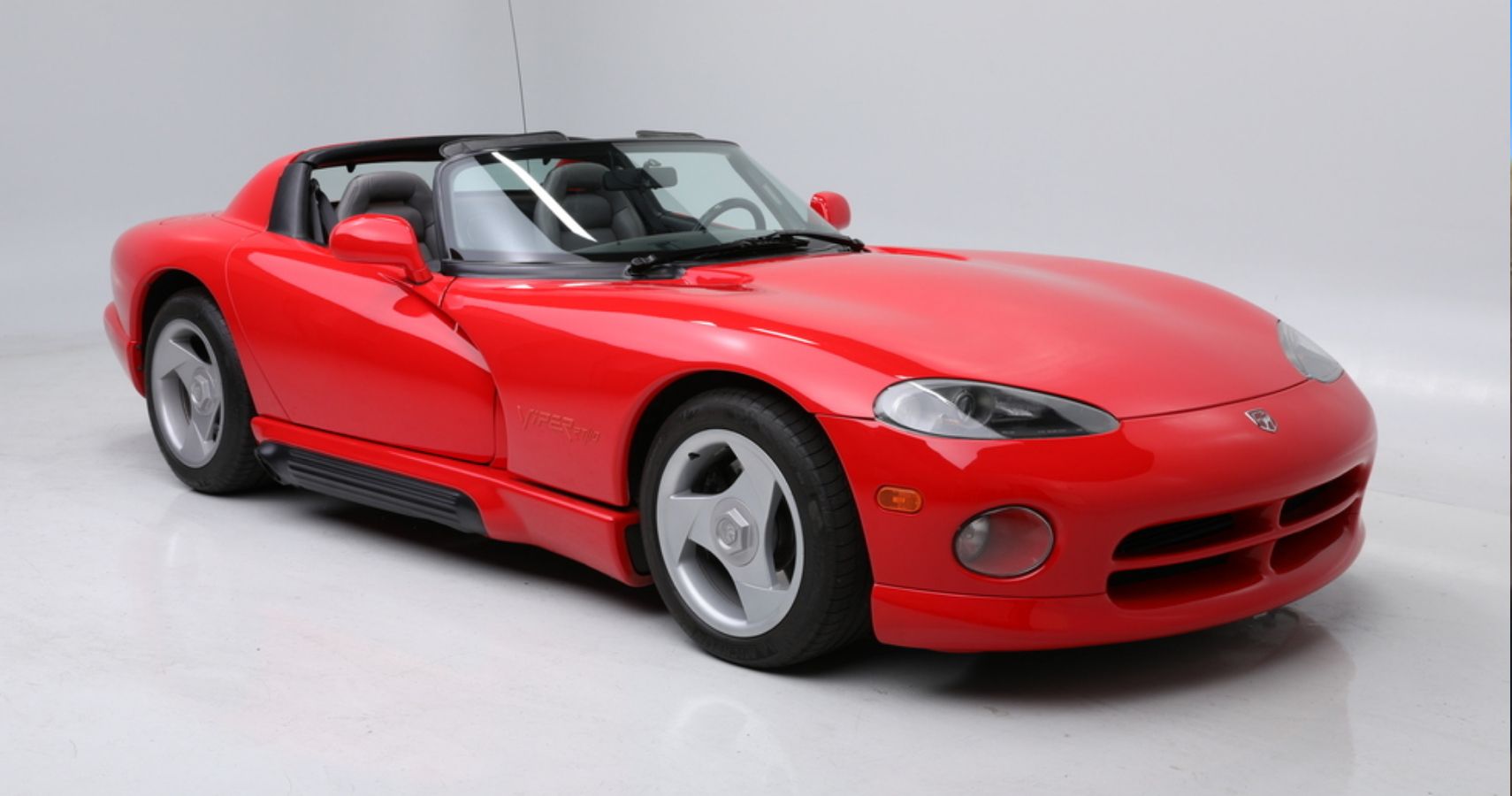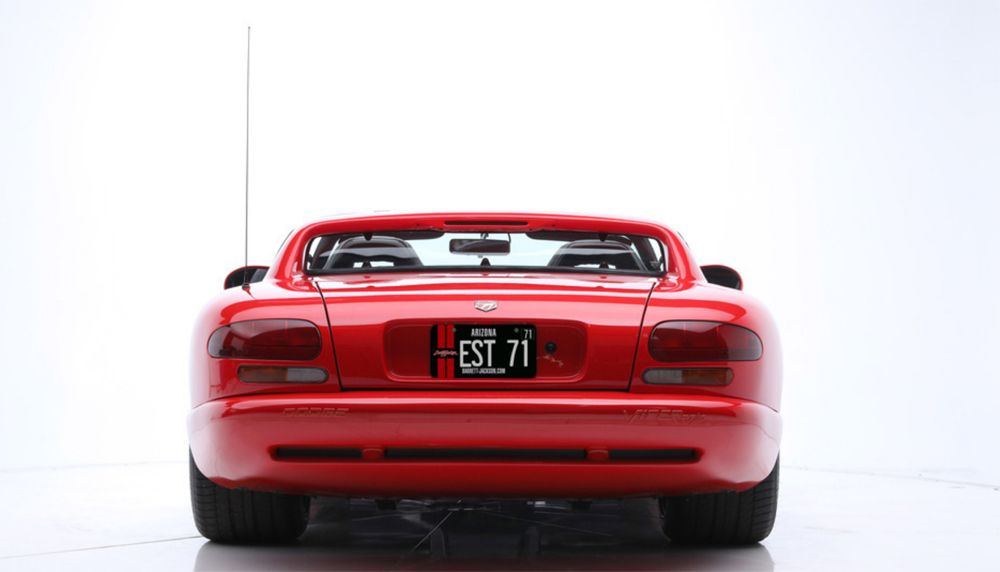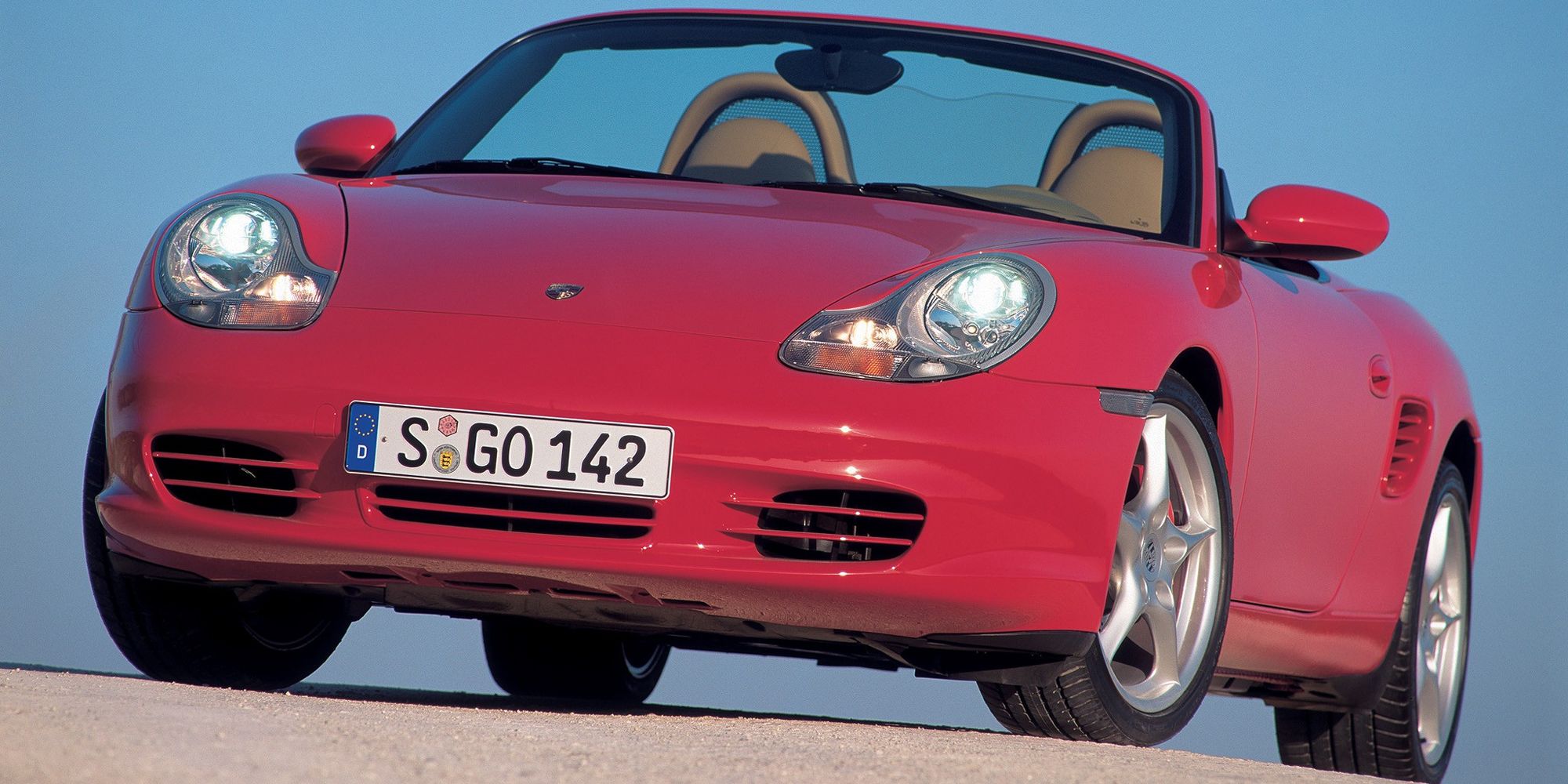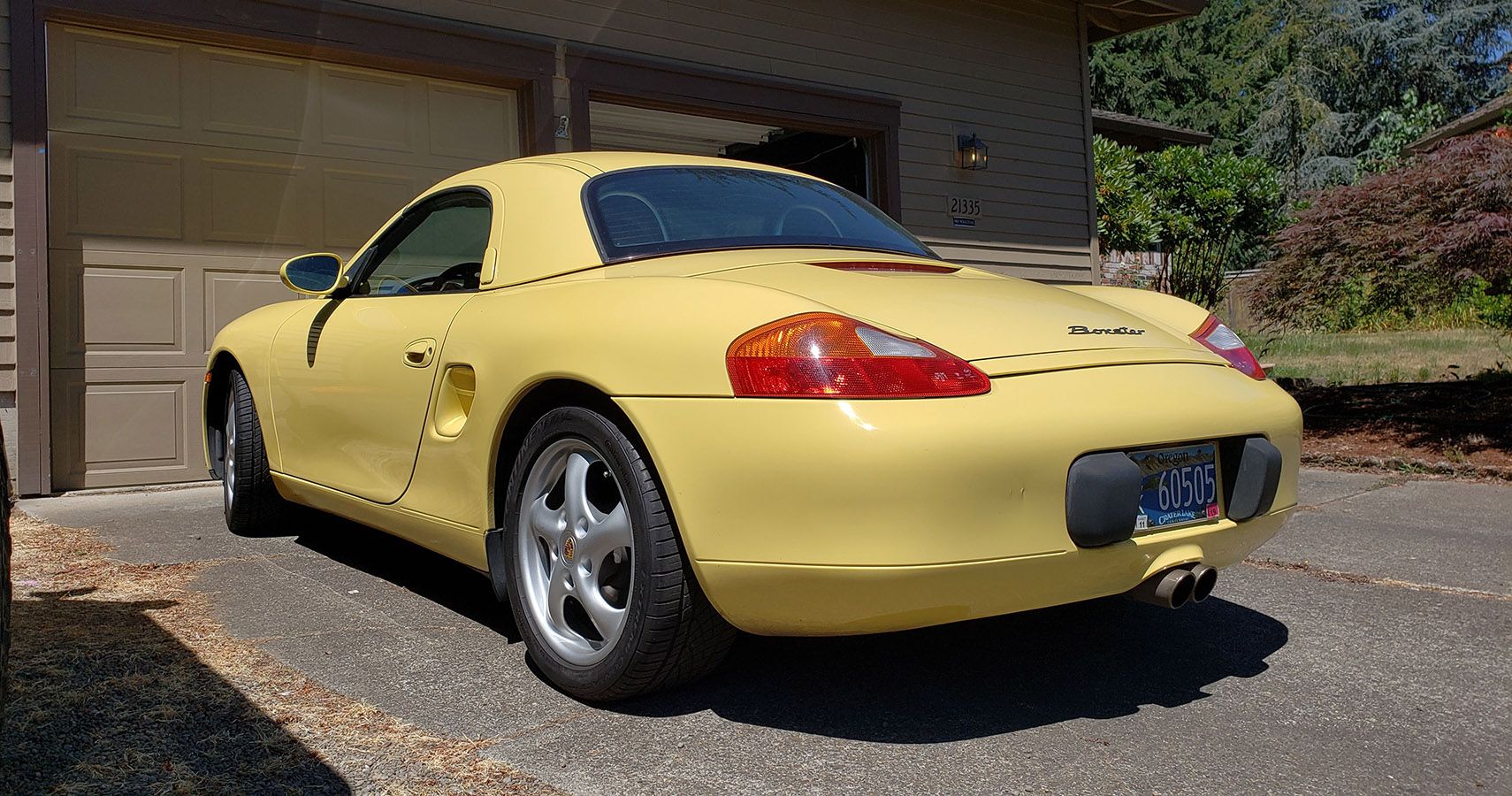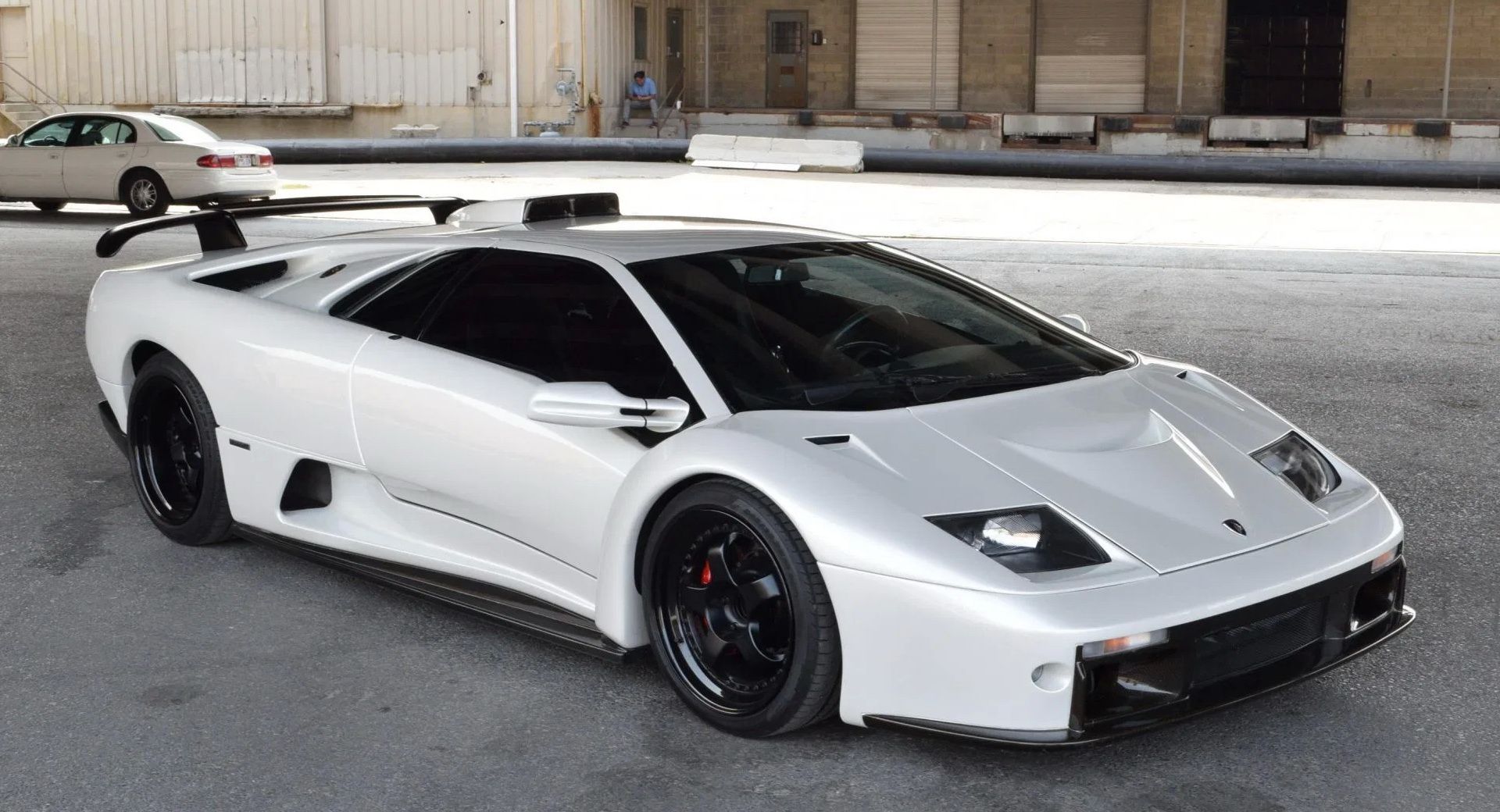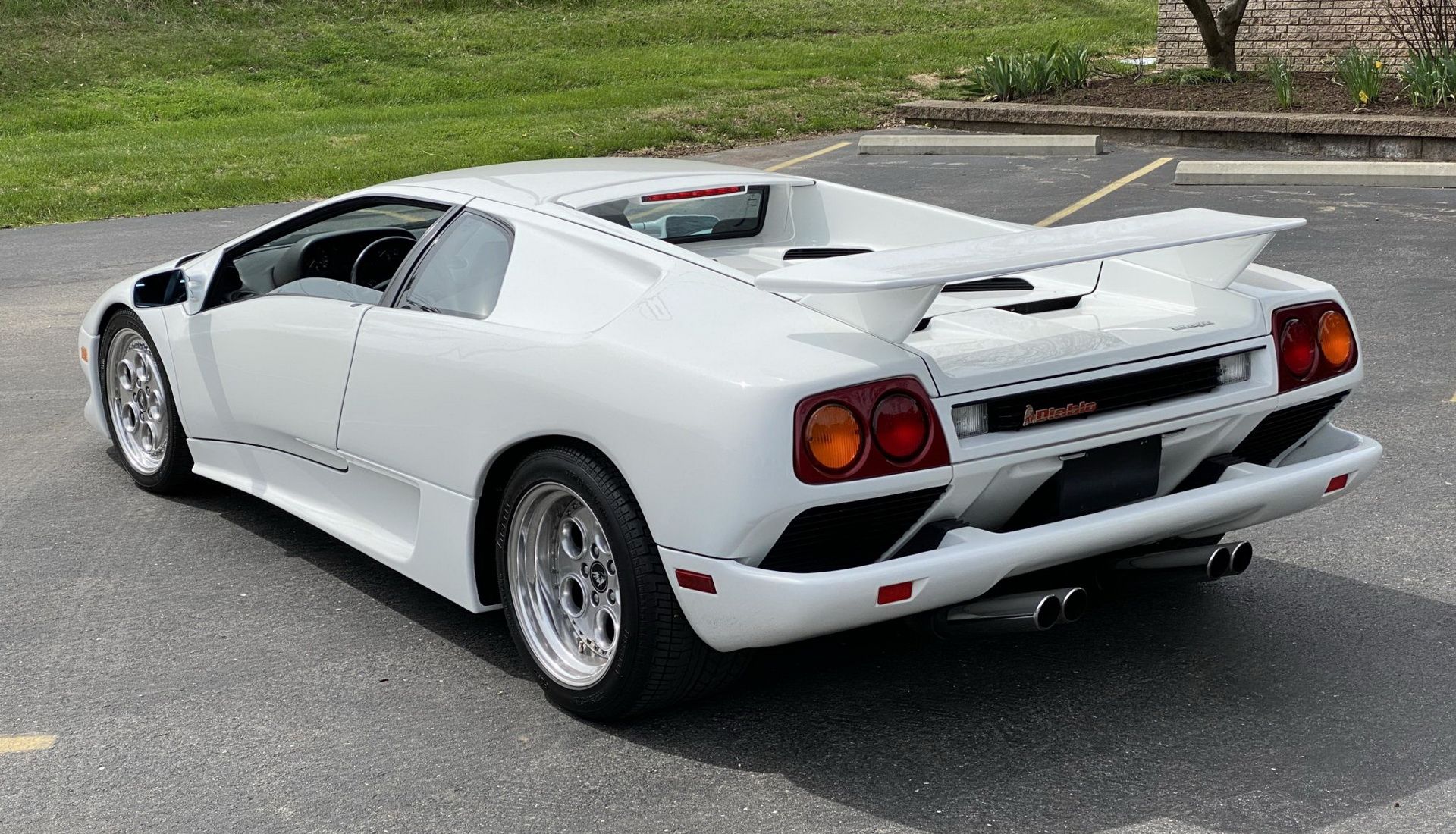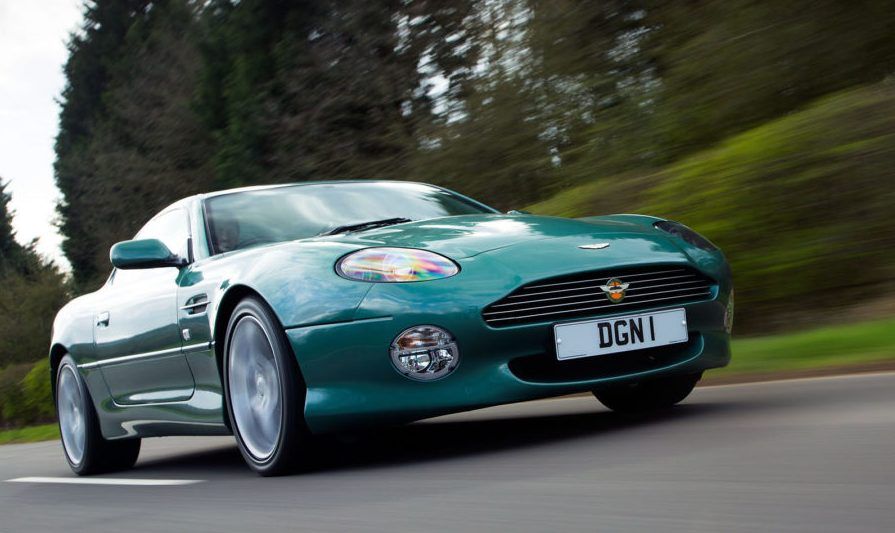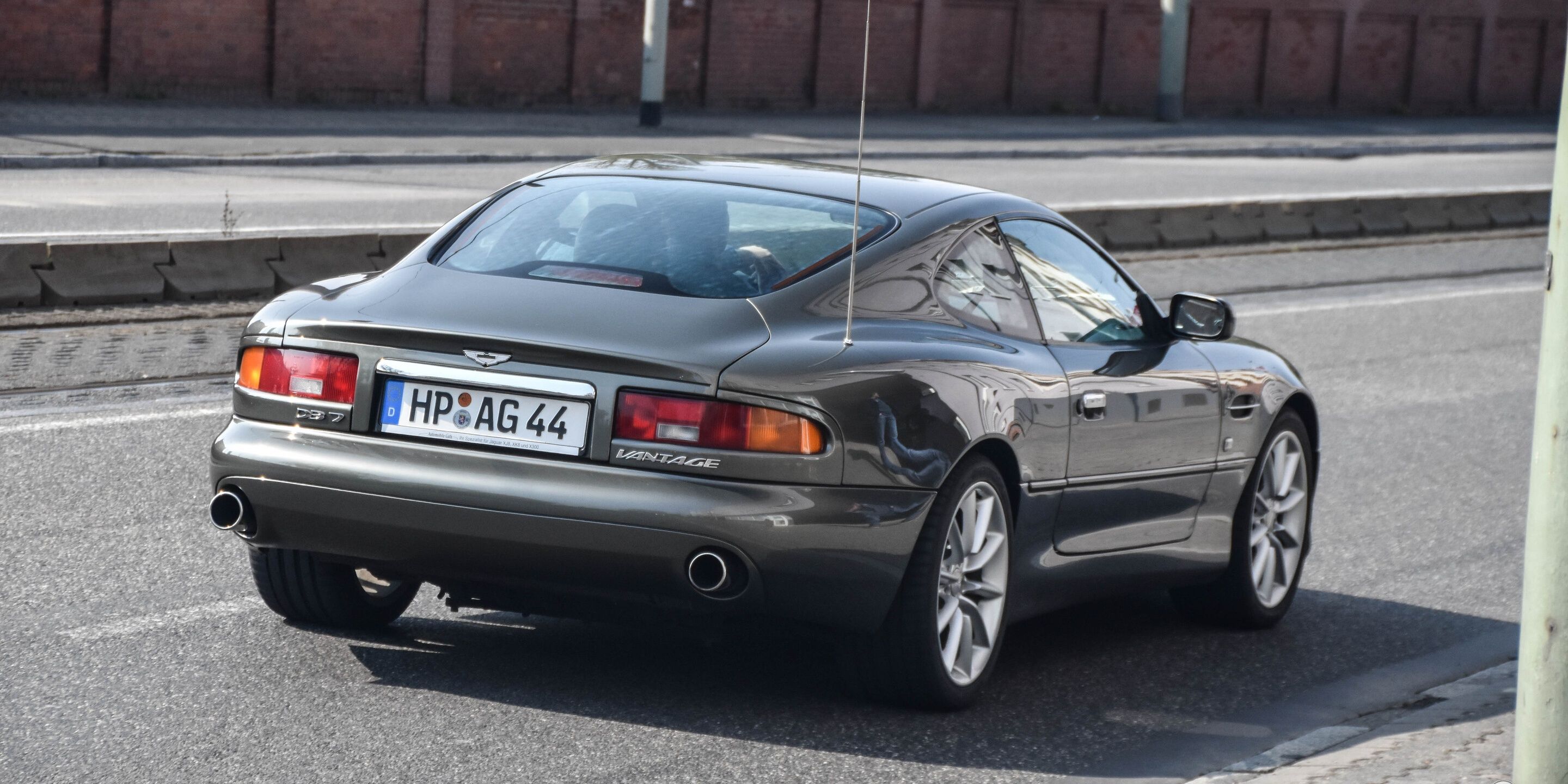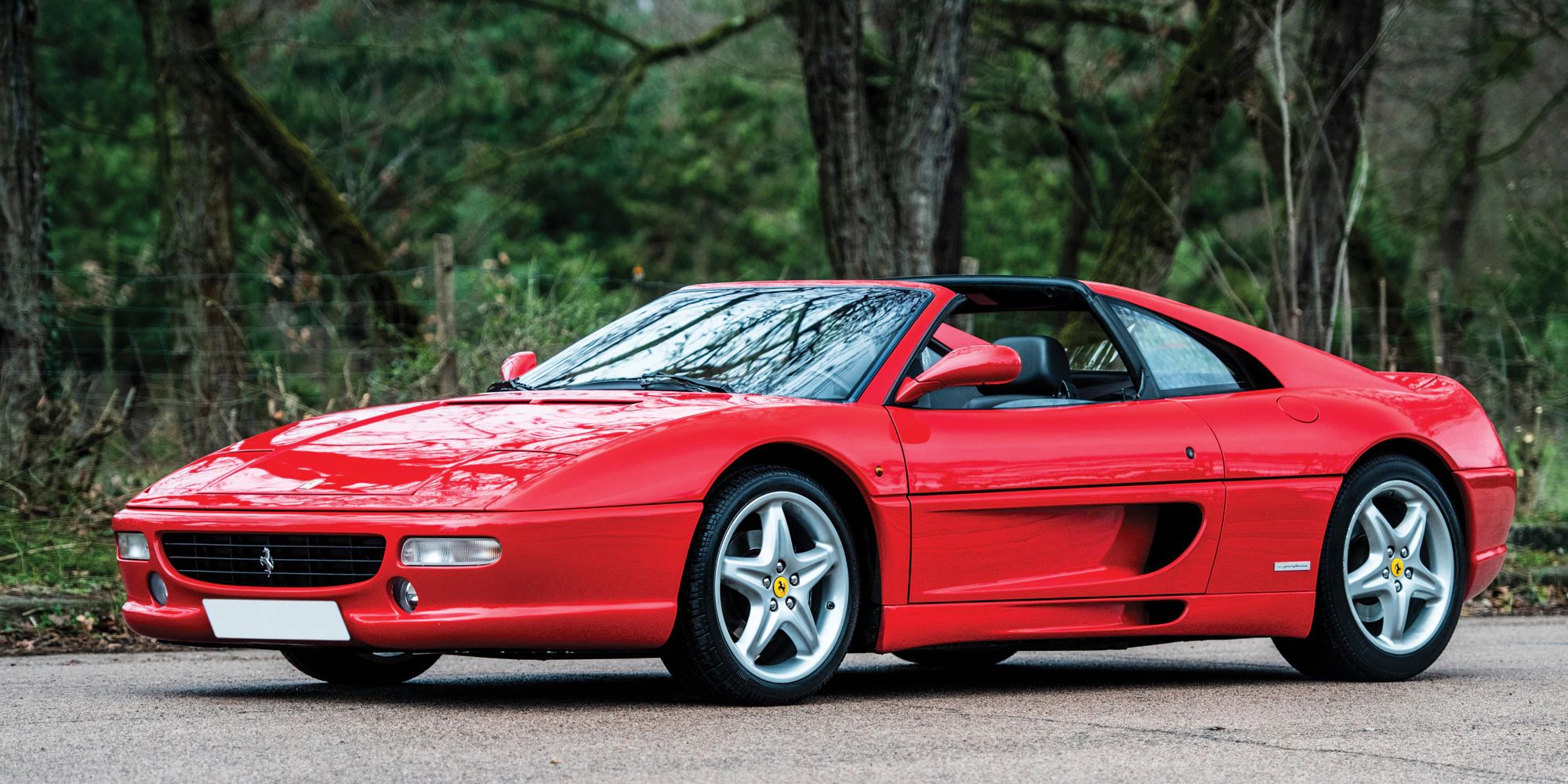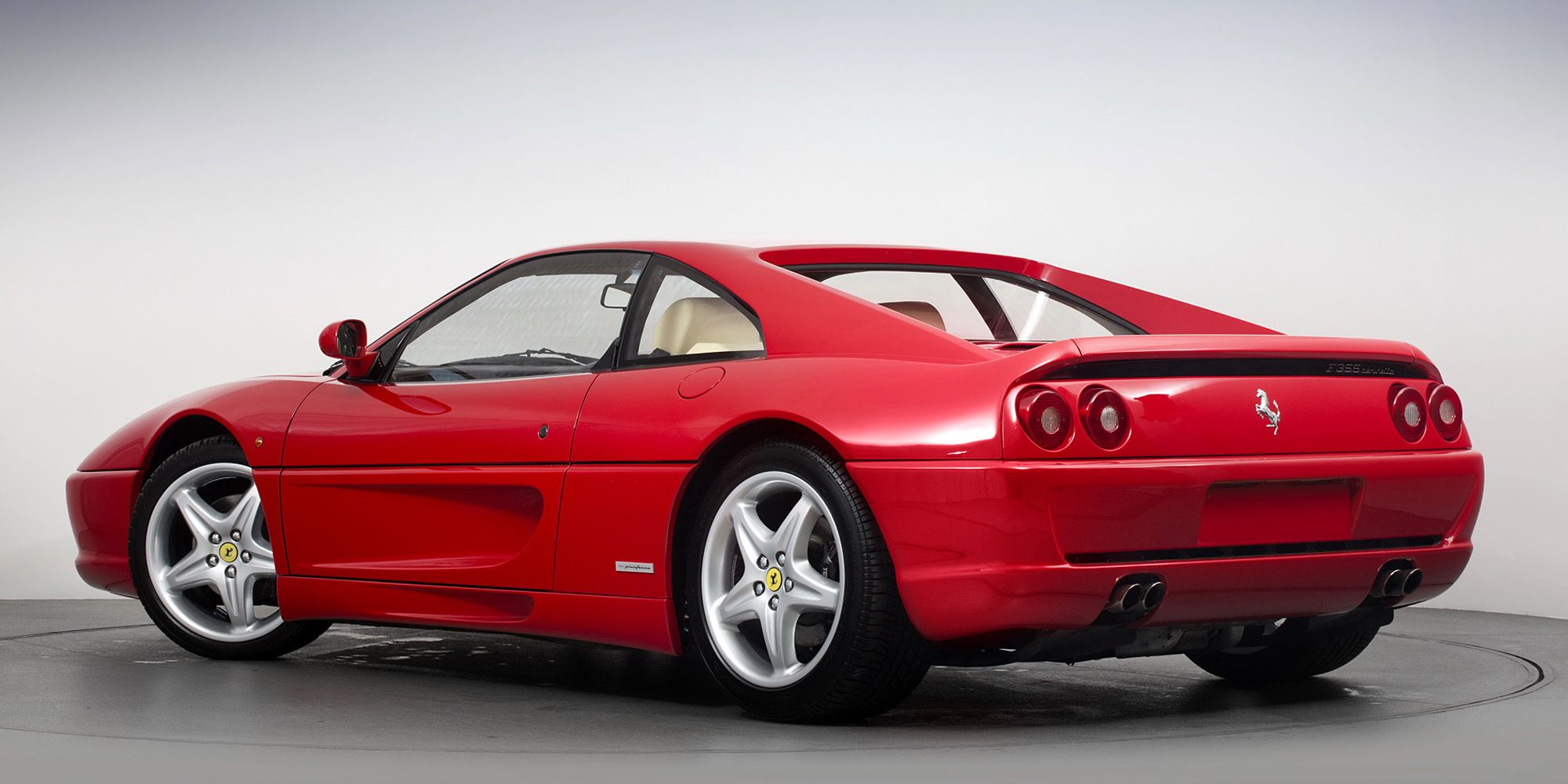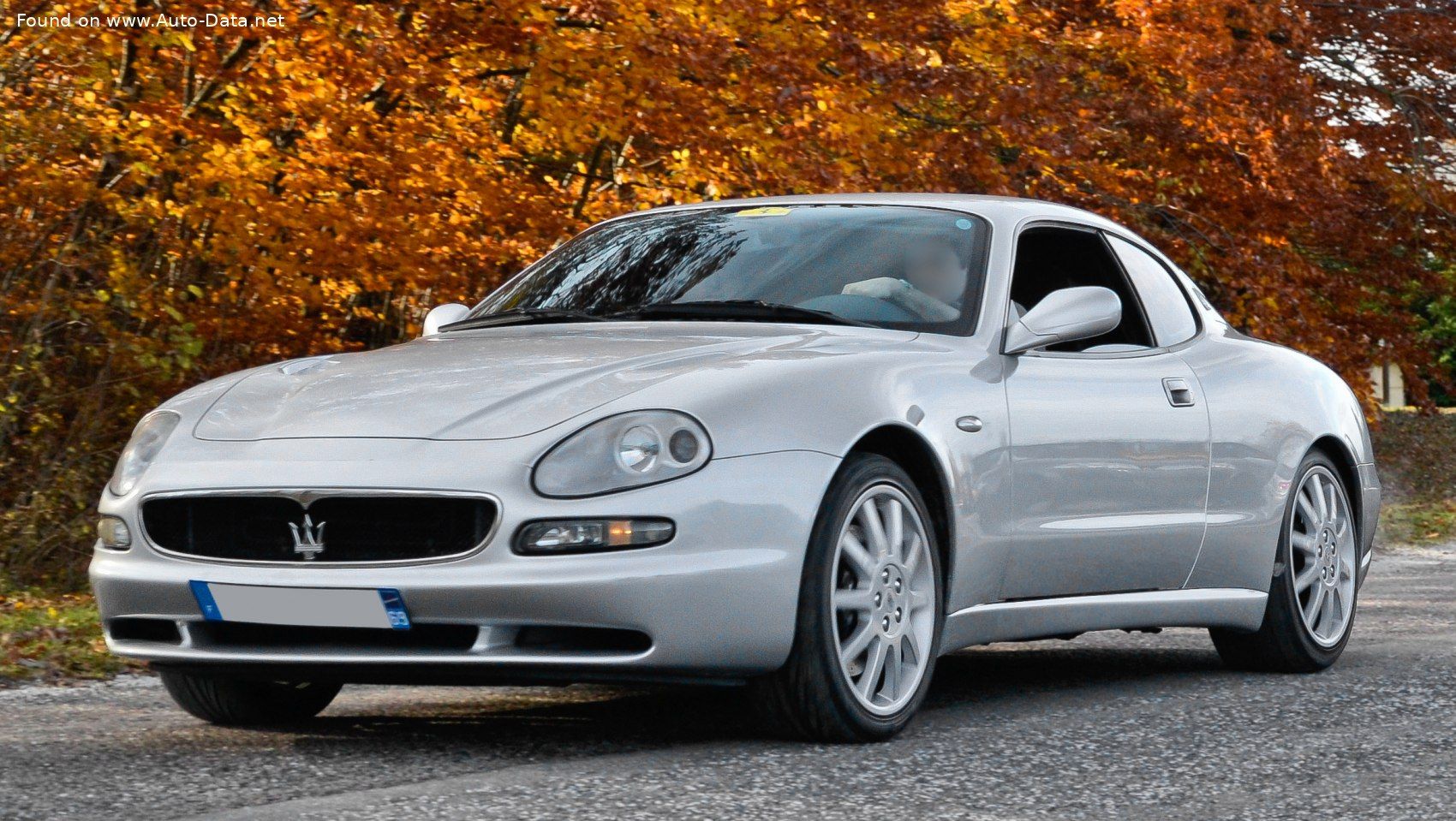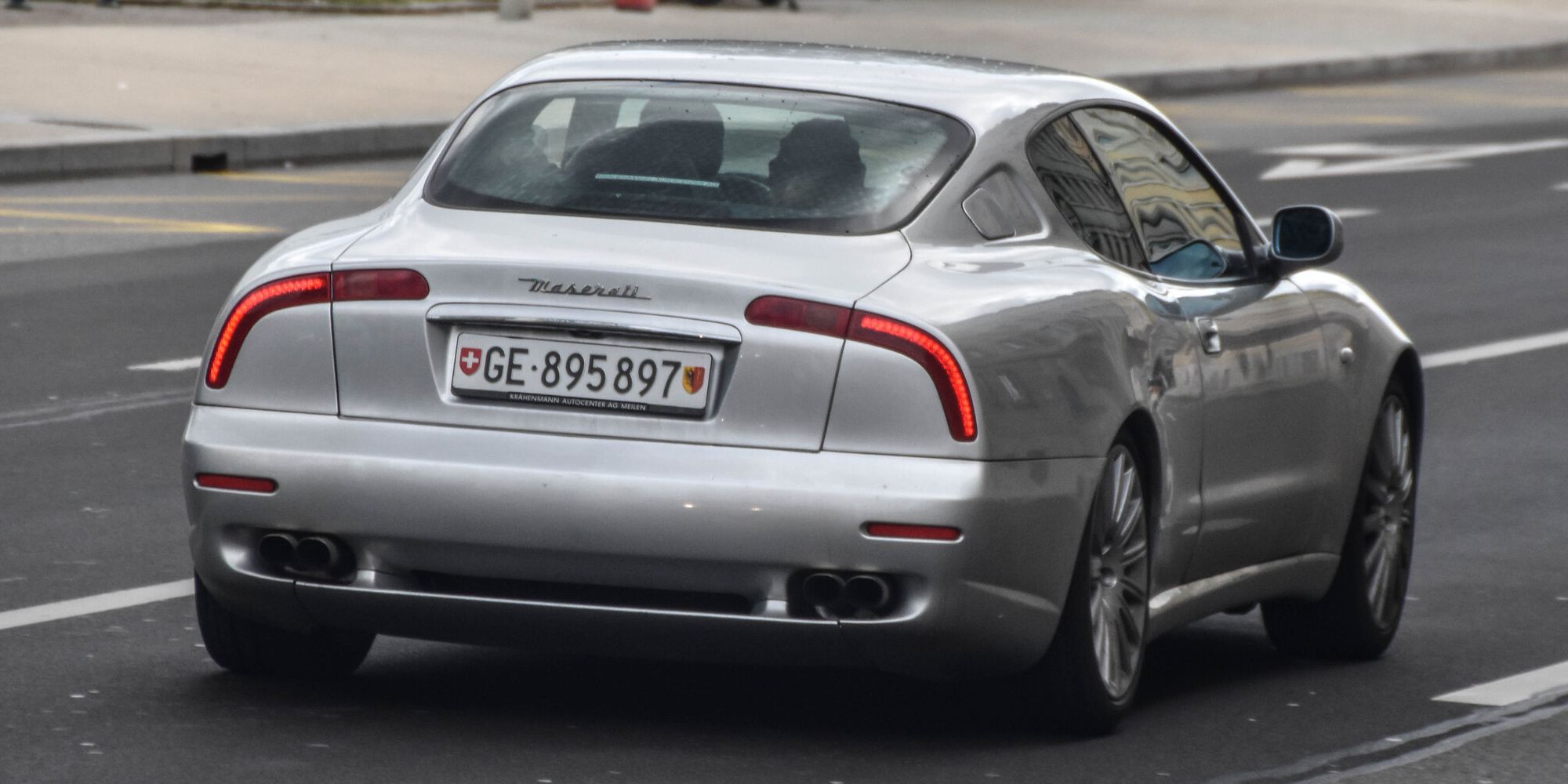The '70s to '80s was terrible for the auto industry. Most cars came with overly boxy designs, poor proportions, and generally low dependability ratings. On top of that, the strict emissions requirements of the early '70s resulted in some of the worst-performing cars in history.
Thankfully, things changed a lot in the '90s, and definitely for the better. Automakers started using new technologies like fuel injection, power steering, ABS, and turbocharging, leading to massive safety, dependability, and performance improvements. Cars also looked much better as designers ditched boxy designs and started using curves again. The following list explores some of the best-looking sports cars of the 90s.
10 McLaren F1
McLaren is known for its attention to detail and a high degree of precision when making cars, and the F1 is a perfect example of that. Unveiled in 1992, the F1 was intended to be one of the fastest sports cars in the '90s as it featured F1-sourced technologies that had never been seen in a road-going vehicle.
At the heart of the F1 was a BMW-sourced 6.1-liter naturally-aspirated V12 engine cranking out 618 horsepower and 479 pound-feet of torque, which is enough to make the 2,509-pound car super fast. Interestingly, the F1 has one seat more than most sports cars—the driver's seat is positioned in the center and slightly forward of two passenger seats.
9 Ferrari F50
The Ferrari F50 doesn't get the love it deserves these days, largely because it's overshadowed by the iconic F40 that came before it and the technologically-advanced Enzo that succeeded it. However, that doesn't mean that the F50 should fade into the forgotten corners of history.
In fact, the F50 is basically every gearhead's dream car - it has a mighty 4.7-liter V12 sourced from the Ferrari 333 SP race car, a stick shift, and three pedals, not to mention gorgeous Italian bodywork. The F50 is also among the rarest Ferraris ever, with only 349 made.
8 Jaguar XJ220
Jaguar is mostly known for building luxury sedans and grand tourers, but back in 1992, the renowned British automaker showed that it had what it takes to produce a Ferrari-beating supercar—the XJ220. The XJ220 made history when it recorded a top speed of 212.3 mph at the Nardo test track in Italy, making it the fastest production car at the time.
The XJ220 was initially intended to use a V12 engine, but emission requirements forced Jaguar to settle for a twin-turbocharged 3.5-liter V6 instead. This change led to the XJ220's collapse in demand, forcing Jaguar to make just 275 cars.
7 Acura NSX
The Acura NSX—also known as the Honda NSX—is a two-seater mid-engined sports car introduced in 1990 with one goal only—to meet or exceed the performance of the Ferrari range at half the price. Looking at the NSX, it's easy to see why it's lauded as one of the greatest Japanese sports cars of all time.
For starters, the NSX had a beautiful and aerodynamic design created by Honda's Chief Designer Masahito Nakano with the help of the late Formula One World Champion Ayrton Senna. It also had an all-aluminum body and was powered by an all-aluminum 3.0-liter V6 engine producing 300 horses.
6 Dodge Viper
Introduced in 1992, the Viper is one of those cars that every gearhead seems to know and love. This magnificent American sports car took the world by storm with its raw character and attitude, sleek body style, and the hearty V10 at the front.
The Viper was powered by an 8.0-liter V10 cranking out 456 horsepower, making it much quicker than European sports cars twice its price. Originally engineered to be America's top performance car, the Viper had no air conditioning, key cylinders, or even exterior-mounted door handles.
5 Porsche Boxster
After seeing the success of the Acura NSX and the Dodge Viper, Porsche wanted to make its own version of an affordable sports car, so it launched the Boxster in 1996. The Boxster is a two-seater roadster that combines beauty, affordability, and the excellent driving dynamics that Porsche is known for. In fact, some experts claim that the mid-engined Boxster delivers a better driving experience than the rear-engined 911 due to better weight distribution.
The Boxster draws its power from a range of flat-six engines of either 2.5 liters, 2.7 liters, or 3.2 liters, that were placed in the middle for a lower center of gravity and excellent weight distribution.
4 Lamborghini Diablo
Most gearheads who grew up in the '90s probably had a Lamborghini Diablo poster in their bedrooms. Like other Lamborghinis, the Diablo was insanely fast, insanely loud, and had a wild design featuring bright-colored paint jobs that turned heads everywhere it went.
The Diablo was the first Lamborghini to reach a top speed of more than 200 mph thanks to a 5.7-liter V12 engine producing 485 horsepower and 428 pound-feet of torque. It was better equipped than the Countach as it featured fully adjustable seats, electric windows, power steering, and an Alpine stereo system.
3 Aston Martin DB7
Introduced in 1993, the DB7 is Aston Martin's highest-produced model with over 7,000 built over its 10-year production run. The DB7 was positioned as the "entry-level" Aston Martin, which explains why so many people wanted to buy it.
The DB7 was produced with the financial backing of Aston Martin's parent company at the time, Ford, and was based on Jaguar's XJS platform. It came with a 3.2-liter supercharged inline-six engine cranking out 335 horsepower and 361 pound-feet of torque.
2 Ferrari F355
The Ferrari F355 is one of the best-looking Ferraris ever, and the car that put the Italian automaker back on track after the disaster that was the 348. Ferrari ticked all the boxes with the F355 as it was quick, gorgeous, and fairly affordable for a Ferrari.
The F355 was a heavily-revised version of the 348 and came with many exterior and performance changes. It was powered by a 3.5-liter V8 engine generating a maximum power output of F375 horsepower and 268 pound-feet of torque. Ferrari also equipped the F355 with an innovative F1-style gearbox management system, making it a joy to drive.
1 Maserati 3200 GT
The 3200 GT is a two-door four-seater grand tourer produced by Maserati in 1998, replacing the Shamal. This luxury coupe's design was penned by Italdesign, the same company that designed the Merak, Ghibli, and Bora.
Like most other Maseratis, the 3200 GT has clever design cues, especially the rear end that features boomerang-shaped taillights. Under the hood lives a 3.2-liter twin-turbo V8 rated at 365 horsepower paired with either a six-speed manual or four-speed automatic gearbox. Maserati produced 4,795 examples of the 3200 GT before calling it quits in 2002.

